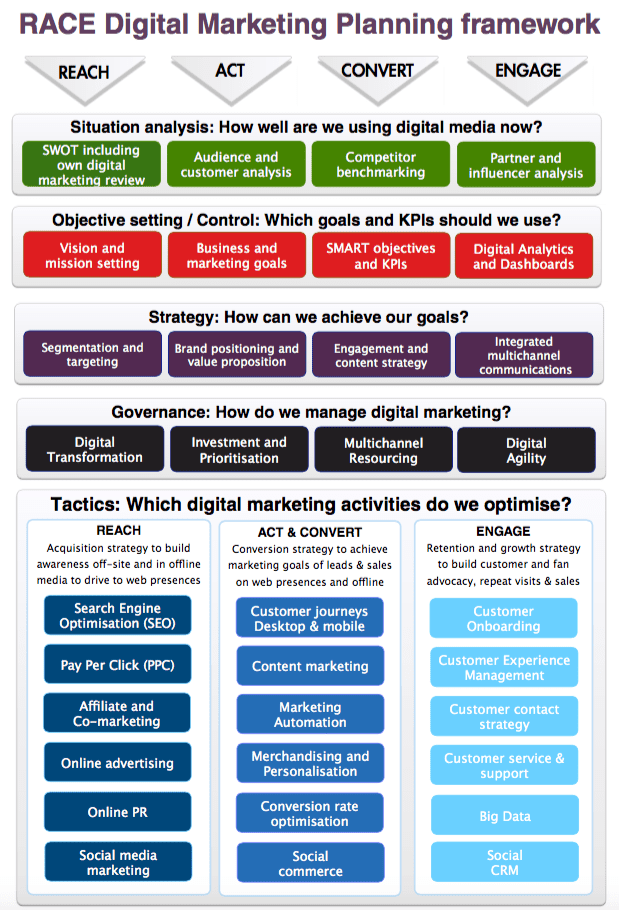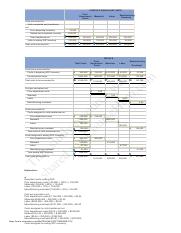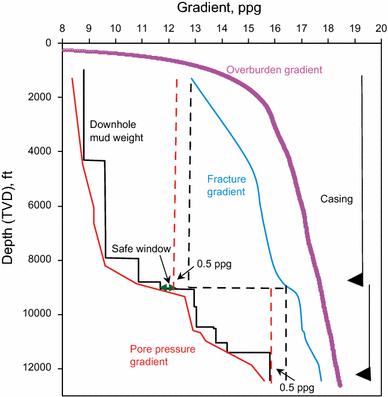What Is Retail Accounting? Retail Method + Calculator

If you sell offline, you’ll have to acquire a POS system where each item will be assigned a barcode. When the item is sold and you scan its barcode, the numbers in your inventory will update automatically. Let’s take a look at the areas of accounting you can do on your own and the best ways to do them.
Sign up to receive more well-researched small business articles and topics in your inbox, personalized for you. Advanced Pricingis included in the Platinum and Diamond subscriptions only. Advanced Pricing is included in the Platinum and Diamond subscriptions only.
200 New Stores and AED 10 Million Pledged: Apparel Group’s Visionary Moves in Retail and Philanthropy for H1 2023 – Yahoo Finance
200 New Stores and AED 10 Million Pledged: Apparel Group’s Visionary Moves in Retail and Philanthropy for H1 2023.
Posted: Mon, 21 Aug 2023 05:00:00 GMT [source]
In fact, the IRS considered it inaccurate and prohibited businesses from using it for tax purposes until 2008. The periodic method of tracking your inventory can be less convenient and more labor-intensive, but it might be preferable if your company can’t afford a fully capable POS system. This inventory-tracking method requires you to manually count and track inventory periodically, such as weekly or monthly. A major drawback of this method is that, because you don’t have a POS system tracking your sales, you don’t have a way to determine what items were sold, stolen or broken.
FIFO
The retail method can make it easier for companies to value their inventory and prepare interim financial statements. The cash flow statement is similar to the income statement in that it tracks the money that comes in and out of your business. However, the cash flow statement is more specific about when these transactions occur. For example, in your income statement, you might have listed an invoice in your sales, but your client might have 30 days to pay the invoice. The cash flow statement records the actual date the cash is received. Keeping accurate records of your cash flow with this financial statement is vital to keeping your company afloat.

More on this in a bit, but first it’s important to understand the importance of accounting for the cost of inventory in your retail business. However, being an e-commerce owner requires basic accountancy and bookkeeping skills to ensure your cash flow and business remain healthy. The final step in the accounting cycle for a retail store is balancing the books.
An In-Depth Look at the Retail Accounting Method
All businesses use some form of financial accounting, as these statements serve a purpose both internally and externally, providing detailed data on all business transactions. As we discussed earlier, the retail method of accounting shouldn’t be viewed as its own discipline. However, it’s handy to compare it to commonly used forms of accounting. These tend to be used in conjunction with one another because they each provide a different approach to categorizing financial information. The IRS allows you to use any method you want to value your inventory for tax purposes. The caveat is, once you choose a method you have to stick with it, unless you get permission from the IRS to change your costing method.
Whereas income statements cover a period of time – like a week, month or year – balance sheets are for an exact date and time. In this case, it would end up being $4.75 divided by 70 dice, or approximately 7 cents per die. You know you sold 50 dice, so you match the number of items sold to the average cost of 7 cents, which is a total of $3.50 for the cost of goods sold and $1.40 for ending inventory. As your business grows, keep in mind that your accounting processes will evolve with it. With Lightspeed Retail, you can get integrated accounting software that simplifies bookkeeping and automates processes to help your business run smoother than ever.
Inventory: Perpetual method
To calculate ending inventory on March 31 using the retail value method, add the cost of your beginning inventory and purchases during the period to get the total available for sale. In this case, that would be $10,000 plus $2,500, which equals $12,500. These “cost-flow assumptions” are necessary when stores have many interchangeable units.
As you can imagine, the cost of your inventory has a significant impact on your business’s profitability. This makes effectively managing it critical to the success of your retail business. As we’ve said, there are things you should consider when making your choice, but you don’t have to make this decision alone. There are plenty of specialist e-commerce accountants you can ask for as little or as much advice as you like.
A Detailed Guide To Retail Accounting
Simplify your accounting tasks with custom invoices, payments tracking and client management. The retail method of accounting is a popular valuation strategy for retail stores primarily because of its simplicity. If you use a flat markup rate across all products, then you can calculate your ending inventory cost without counting it.
As a business owner, you want to run your company as efficiently as possible. That means hiring a knowledgeable staff that can assist with accounting tasks. However, depending on where your retail store currently is from a revenue standpoint, bringing on a team might not be possible.
The retail method of accounting is an inventory estimation technique used to compute the value of ending inventory without having to take a physical count. Businesses with large volumes of inventory, like grocery stores, use the retail method because it’s quick and affordable to perform, unlike a physical count. Sync your retail accounting software with apps that bring together all your sales channels, transactions, and expenses in one place. Our retail accounting software helps you seamlessly stay on top of it all, from inventory to expenses and more.
This is important because investors would have a stake in your business’ performance, and the taxes you pay keep the economy going. So, your cash flow statement will list cash flows from operations, investing and financing. It can also help you figure out how to increase cash flow from operations and reduce your dependencies on financing.
As you move through the retail accounting cycle, there are three financial statements you’ll want to look at — income statement, balance sheet, and cash flow statement. These financial statements provide crucial information that will help you make important business decisions. Now, if maths and finances aren’t necessarily your forte, you need retail accounting software for your small business. Depending on the type of inventory you sell, you may be able to use the simpler retail method to calculate the cost of goods sold and the cost of your ending inventory. Take this number and subtract the sales total multiplied by the percentage, and subtract it from the cost of goods sold to get the ending inventory total.
Given some of the limitations of the retail accounting method, you might be wondering why it is used. “The advantage is that it’s very easy to calculate and doesn’t require sophisticated tracking of how much someone paid for each SKU they purchased from a supplier,” says Abir. In other words, retail accounting is a way of tracking inventory costs that is especially simplified compared to the other available methods. For tax purposes, you want to use the inventory costing method which will give you the most accurate inventory valuation. Although you can use the retail method for tax purposes, you will likely want to use a different method — like weighted average — to ensure you are reporting the most accurate information. At that point, the expense for the purchase of the inventory is recorded as cost of sales (COS) or cost of goods sold(COGS) on your profit and loss statement.
- Whereas income statements cover a period of time – like a week, month or year – balance sheets are for an exact date and time.
- QuickBooks has over 2 million global users, and it’s introducing constant improvements.
- Therefore, the cost of sales is determined by the price of items purchased most recently.
- He completed a Bachelor of Science degree in Accountancy at Silliman University in Dumaguete City, Philippines.
This rule is in place to keep business owners from “gaming the system” by frequently switching costing methods to get the best tax advantages. Some of the balls might have been purchased at $0.10 each, and some at $0.12 each. There’s really no way of knowing which balls were purchased at which price, and so the retailer will take a weighted average and spread the average cost over all the existing inventory. LIFO inventory costing is essentially the reverse of FIFO inventory costing. The LIFO method assumes the most recent items entered into your inventory will be the ones to sell first.
Gravel and sand retailers who sell materials by the ton often use the LIFO inventory costing method. FIFO inventory costing assumes any inventory left on hand at the end of the accounting period should be valued at the most recent purchase price. Anything purchased at an older price Retail accounting would have been discarded due to spoilage and lapsing expiration dates. Specific identification inventory costing attaches cost to specific items in inventory. The specific identification method of inventory costing applies primarily to high-ticket items, like automobiles.

They are meant to improve how clearly businesses communicate their financial information. They also make it easier for investors to identify and obtain useful information. A qualified accountant usually keeps track of the principles and how they might apply to your business.

















